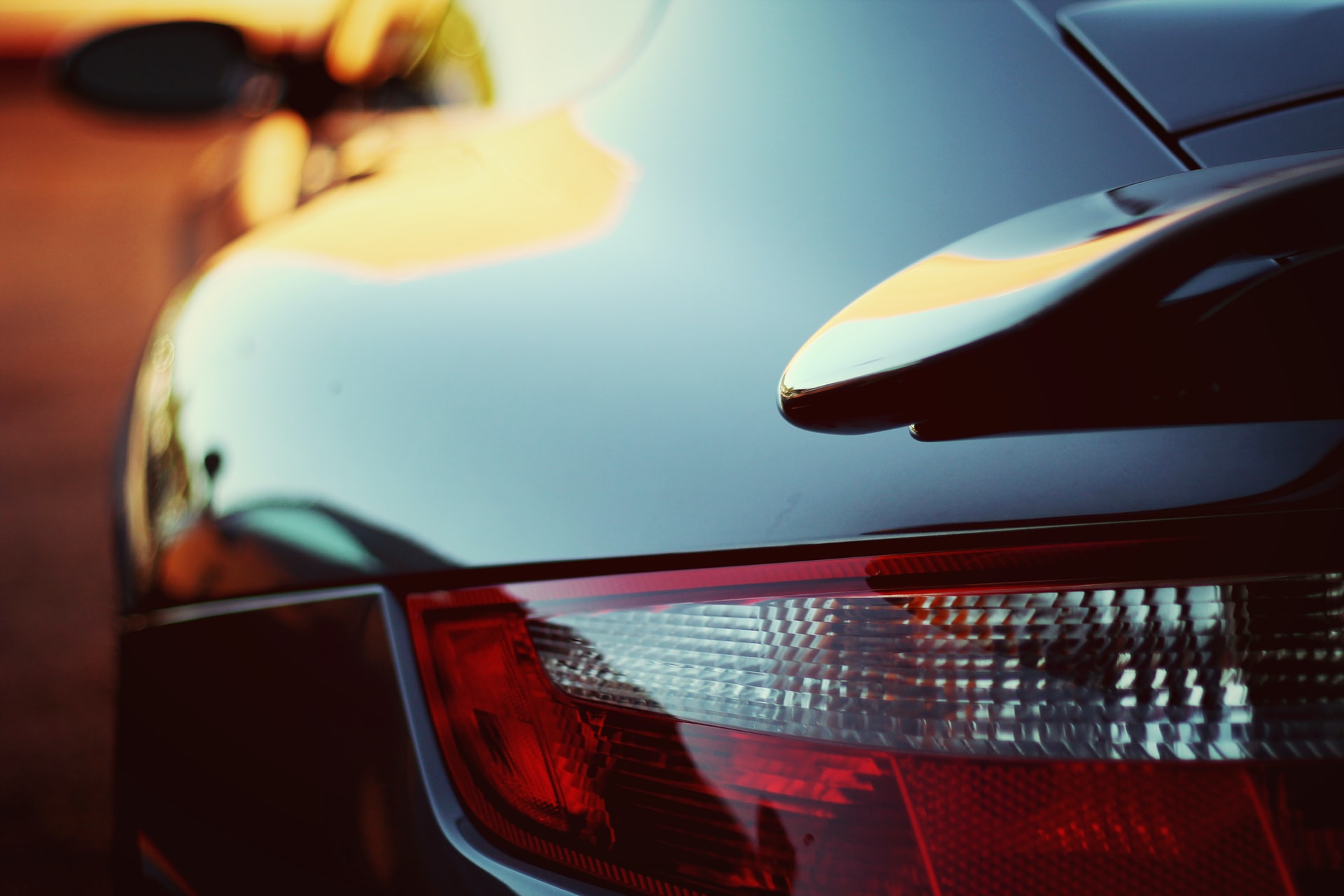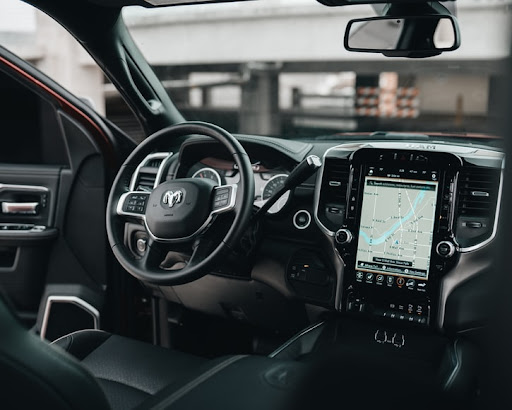Formula 1 for beginners
“Formula 1” is the annual world championship of circuit racing, which is held according to the rules of the International Motorsport Federation on cars with “open wheels.” But it is not enough to “open” your car’s wheels to participate in this type of racing; the word “formula” itself is used here because of a particular set of rules and regulations which all participants follow in the series. Bodies are built by each team independently, from other manufacturers are allowed to buy only a limited number of parts.
World Championship is held each year from March to November to December, with a short summer break in August. At the end of the season, results are summed up, and the drivers’ title (individual) and the Constructors’ Cup (team classification) are awarded. Even Indian casino online has a game-themed Formula One – is it not popular?
Formula One teams
Because of the money involved and the high profile of both the team brands as well as the drivers, F1 is a playground for the rich and famous, celebrities of all kinds are regularly seen at the track during each race event. The exposure of Formula One due to TV coverage also means that being associated with the event through a Formula 1 Sponsorship can be monumental in marketing a business. Being linked to a Formula One event not only means a brand is seen by millions of people, but it will have the connotation of being a trustworthy and high quality brand due to being linked to such a prestigious event.
How did Formula 1 begin?
The first World Championship for drivers was held in 1950 and is still going to this day. The races have definitely developed over the years, with some of the most glamourous Formula One races taking place in countries all over the world! Due to this, fans have been given the opportunity to see the action in their home towns and cities by buying tickets and packages, instead of having to travel far! The progenitor of the “F1” can be called the European Championship of Grand Prix auto racing, which has been held since the 20s of the last century.
The first world champion in history was Italian Giuseppe Farina on Alfa Romeo. In the next seven years, five times the champion will be the Argentine Juan-Manuel Fangio, one of the most significant drivers in history. Now the German Michael Schumacher and Britain’s Lewis Hamilton have the most world titles with seven each, and the second still performs and has a chance to become the most titled Formula 1 racer alone.
The Constructors Cup did not start until 1958, and the British Vanwall team won it with pilots Stirling Moss and Tony Brooks. The most titled team in the history of Formula One is Ferrari, and they have 16 championship titles. British Williams and McLaren have 9 and 8 tags, respectively. Also, Mercedes has eight titles – they won in a row from 2014 to 2021.
Formula One technical regulations
The current technical regulations were to begin before the start of the season in 2021, but the pandemic Covid-19 made adjustments, and the introduction of the new rules was postponed for a year later.
The main reasons for changes: the fight against “dirty air” (what is “slipstream” and “dirty air”), increasing safety, and reducing the price of building a car, which becomes even more critical with the new rule of budget restrictions, which are introduced from the beginning of 2021. In the first season of the law, teams were not allowed to spend more than $145 million (by comparison, Mercedes, Ferrari, or Red Bull spent $400 million per season), which will decrease over time. The budget limit for the 2022 season is $140 million.
Formula One teams.
There are now ten teams in the Formula One peloton. Under the current rules, 26 vehicles can compete in Formula One, limiting the possible number of teams to 13, but not even that many. One problem is the membership fee introduced in 2020. To enter the list of participating teams, the owners of the new unit will have to pay 200 million dollars, divided between the first ten teams.
Let’s familiarize ourselves with the teams:
- “Haas;
- “Alfa Romeo;
- “Williams;
- “Aston Martin;
- “Alfa Tauri;
- “Alpin”;
- “McLaren”;
- “Ferrari”;
- “Red Bull”;
- “Mercedes.
To get a contract in “Formula-1,” you need to get a super license, which the International Automobile Federation gives out for performance in the youth championships.
In general, being an F1 pilot is physically demanding. As a result, racers lose several kilos by the end of a grand Prix and experience severe overload, measured in G-force. For example, World-2021 champion Max Verstappen experienced a 51G overload during this crash. It means the Dutch driver experienced 51 times his weight at one point.
Engines in Formula One
Since 2014, Formula One has switched to V6 1.6-liter turbo engines, and a stretch now called the “turbo-era.” “Turboera” doesn’t appeal to old-school fans who only want to hear the engine roar, but you can’t bring back the past. The Formula One car’s engine is limited to 15,000 rpm. The speed record belongs to Juan Pablo Montoya, who accelerated his Mercedes-powered McLaren to 372 kilometers per hour at the Italian Grand Prix in 2005.
There are four engine manufacturers in Formula One: “Mercedes, Ferrari, Renault, and Red Bull. “Honda” left the championship after 2021, and the new motor manufacturer is “Red Bull,” which bought the products from the Japanese company.
Since 2022, motors “froze” in development until the new motor regulations, which will be introduced in 2026.
One of the favorite entertainments in Formula 1 is to read rumors about how someone from VAG (Porsche, Audi, Lamborghini, Volkswagen, and others) will surely come with new regulations. So now we wait for the 26th year and see if it works this time.
Tires in Formula 1
Tires play a massive role in F1 racing. Now the official supplier of rubber is the Italians from Pirelli. There used to be tire battles in Formula One, and meaning teams could choose their rubber suppliers. Still, after the 2005 U.S. Grand Prix, when only six cars went to the start due to problems with Michlein tires, the championship leaders decided to trust the supply of tires to the only manufacturer that would win the tender. As a result, Pirelli has been a supplier since 2010.
The tires are divided into dry and rain. Dry tires come in five varieties: from the C1, the most rigid rubber, which takes a very long time to wash but takes a long time to warm up, to the C5, the softest rubber. Pirelli chooses three types from these five to bring to the race and marks them as follows: the most delicate – “soft,” red; medium – “medium,” yellow; the hardest – “hard,” white.
Rain tires are divided into rain tires for the wet track and intermediate tires for drying but still damp asphalt.
In 2022, with the new technical regulations, Formula 1 switched to 18-inch tires; before that, 13-inch tires were used for several decades.
Formula One tracks
A Formula One track is a ring with a special license from the International Automobile Federation. According to the rules, each race has as many laps as necessary to reach 305 kilometers and takes about 1.5-2 hours. The only exception is Monaco, where you have to go 260 kilometers to finish because of the slow track. The track in Monte Carlo also has the most petite circle length of 3337 meters.
Pit stops in Formula 1
Pit stops are essential for drivers to change tires and for repairs, mechanical adjustments, or penalties. Refueling has been banned in Formula 1 since 2010. If the race is dry, drivers must make at least one pit stop to change tires. In each race, each driver must use at least two sets of rubber. In rain races, this rule does not apply due to safety concerns.
Pits are located on the side of the finish line and are allocated in order of team strength last season. In 2022, the right to choose the place “boxes” will have “Mercedes.”
All motorsport forms use flags or signal lights to inform drivers of dangers during the session. Although technological advances have led to many flags being replaced by signal lights in Formula One, the system of flags has remained unchanged since the early years of racing.
Most of the time, qualifying is held on Saturdays, the day before the race, but on three stages this year, qualifying will be held on Friday because of the sprint race on Saturday.









